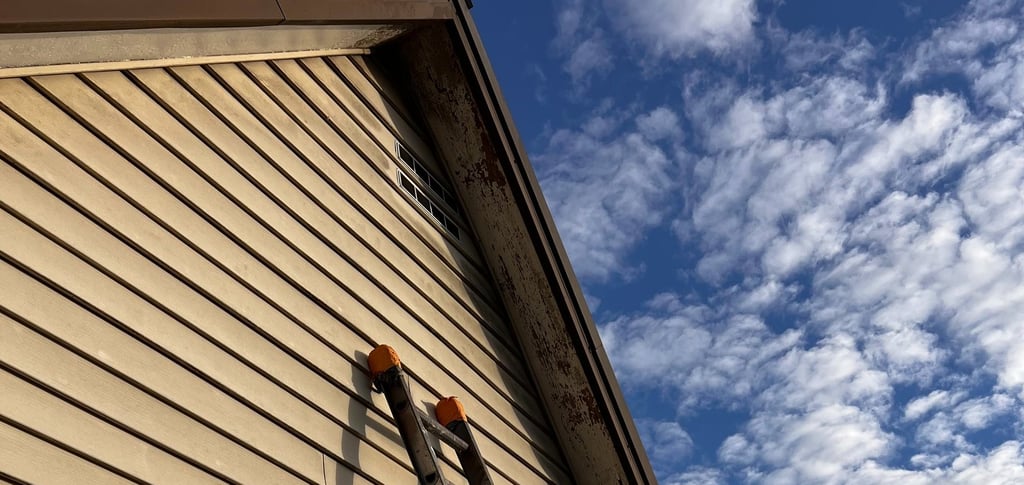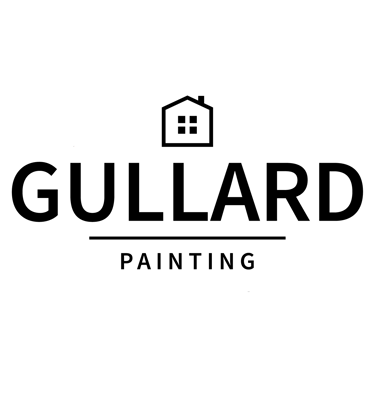The Cost of Waiting: Hidden Expenses of Delaying Your Exterior Paint Job
Delaying an exterior paint job may seem like a way to save money, but in Lewis County's wet climate, it can lead to costly damage. Learn how to avoid hidden expenses.
EXTERIOR PAINTINGPNW LIVINGHOME IMPROVEMENT


The Cost of Waiting: Hidden Expenses of Delaying Your Exterior Paint Job
A fresh coat of exterior paint does more than make your home look nice—it acts as a protective shield against the relentless Pacific Northwest weather. But when homeowners put off painting, thinking they’re saving money, they often end up with much bigger expenses down the road.
In Lewis County, WA, where homes endure constant rain, moisture, and temperature shifts, neglected exterior paint can lead to serious damage. Here’s what happens when you wait too long—and why keeping up with exterior painting is a smart financial move.
How Delaying Exterior Painting Costs You More
1. Wood Rot & Structural Damage 🏚️
In the Pacific Northwest, moisture is unavoidable. When exterior paint starts peeling, cracking, or bubbling, it exposes the underlying wood to rain, snow, and humidity. Over time, this leads to wood rot, which can spread beneath the surface, weakening your home’s structure.
💰 The Cost: Small paint touch-ups cost very little, but replacing rotted siding or trim can cost thousands—especially if the damage spreads to support beams or framing. In worst-case scenarios, entire sections of siding need replacement.
2. More Extensive Prep Work = Higher Labor Costs 🏗️
Paint that’s well-maintained requires only light scraping and a fresh coat. But once paint starts severely peeling and cracking, painters must scrape, sand, repair, and prime large portions of your home before new paint can even be applied. That extra prep time adds up fast in labor costs.
💰 The Cost: If your home needs extensive scraping and priming, your painting project could cost 30-50% more just to prep the surface properly. The longer you wait, the worse it gets.
3. Higher Energy Bills & Insulation Loss 💨
Most people don’t realize that exterior paint helps insulate your home. When paint wears away, your siding absorbs more heat in the summer and loses more warmth in the winter.
💰 The Cost: A compromised paint job can increase energy bills by hundreds of dollars a year, as your HVAC system works harder to compensate for heat loss or absorption.
4. Decreasing Home Value & Curb Appeal 🏡
If you’re planning to sell your home within the next few years, waiting too long to repaint can cost you way more than the price of a paint job. Peeling or faded paint makes your home look neglected, and potential buyers will either be turned off or demand price reductions to cover the cost of repainting themselves.
💰 The Cost: Homes with well-maintained exteriors sell faster and often for thousands more than homes needing work. A fresh coat of paint is one of the best ROI home improvements you can make.
How Often Should You Repaint in Lewis County? 🎨
The wet climate of Western Washington is tough on homes, meaning paint doesn’t last as long here as it does in drier regions. General guidelines for repainting:
Wood Siding: Every 5-7 years, depending on sun and moisture exposure.
Fiber Cement (Hardie Board): Every 10-15 years, though touch-ups may be needed sooner.
Stucco & Masonry: Every 7-10 years, since porous surfaces can absorb moisture.
Trim & Fascia: Every 3-5 years, as these areas take the most damage from rain and sun.
The key? Don’t wait until the damage is visible—by then, you’re already paying more.
Final Thoughts: The Best Investment Is Proactive Maintenance
A fresh coat of paint isn’t just about aesthetics—it’s a crucial layer of protection that prevents costly repairs. In Lewis County, WA, where homes battle constant moisture and temperature swings, delaying a paint job can lead to major expenses that could have been avoided with simple maintenance.
If your exterior paint is peeling, fading, or cracking, it’s time to take action—before small issues turn into expensive repairs. Preventative maintenance always costs less than major damage control.
